Pickleball’s skyrocketing popularity isn’t just about the fun and camaraderie on the court; it’s also about the pursuit of peak performance. Whether you’re a casual player looking to step up your game or a competitive athlete aiming for the top, nutrition and fitness play crucial roles in your journey.
Understanding the right fuel for your body and the best fitness routines can make all the difference. It’s not just about hitting the ball; it’s about preparing your body and mind to play their best. Let’s dive into how nutrition and fitness can elevate your pickleball game to new heights.
Importance of Nutrition for Pickleball Performance
In the world of pickleball, where agility, endurance, and sharp reflexes are key, the role of nutrition cannot be overstated. It’s the fuel that powers the body through intense matches and grueling training sessions. Balanced nutrition ensures players are at their best, physically and mentally.
Balanced Diet: A cornerstone of optimal performance, a balanced diet provides the essential nutrients needed for energy, recovery, and repair. Carbohydrates are the primary energy source, fueling quick movements and sustained efforts during long rallies. Proteins are critical for muscle repair and recovery, especially after tough matches or training sessions. Fats, often overlooked, play a crucial role in long-term energy storage, essential for endurance. Vitamins and minerals support overall health, contributing to efficient muscle function and injury prevention.
Hydration
Hydration is another critical aspect, directly impacting performance. Dehydration can lead to decreased coordination, muscle cramps, and fatigue, all of which are detrimental on the pickleball court. Drinking water throughout the day, especially before, during, and after play, is vital. It’s not just about quenching thirst but maintaining the body’s balance and ensuring it performs at peak levels.
Timing of Meals and Snacks
The timing of meals and snacks can also significantly affect performance. Eating a balanced meal 2-3 hours before playing provides the necessary fuel without the discomfort of a full stomach. Quick snacks, like a banana or a small portion of nuts, can offer an energy boost if needed closer to game time. After play, a mix of proteins and carbohydrates helps replenish energy stores and kick-start the recovery process.
| Meals | Purpose | Recommendations |
|---|---|---|
| Pre-game | Fuel for performance | Balanced meal with carbs and protein |
| During | Maintain energy and hydration | Water and quick, easily digestible snacks |
| Post-game | Recovery and replenishment | Protein and carbs to aid recovery |
Key Nutrients for Pickleball Players

When it comes to powering through a vigorous game of pickleball, the right mix of nutrients in one’s diet can make all the difference. Pickleball players, much like athletes in any sport, require a balanced intake of carbohydrates, proteins, fats, vitamins, and minerals to maintain peak performance levels. Understanding the role of each nutrient can help players optimize their energy, recovery, and overall health, ensuring they’re always game-ready.
Carbohydrates are the primary energy source for pickleball players. They fuel the quick movements and sustained efforts that are typical in a game. Whole grains, fruits, vegetables, and legumes are excellent sources of high-quality carbohydrates that provide both immediate and sustained energy.
Proteins play a crucial role in muscle repair and recovery. After an intense match or practice session, muscles need proteins to heal and grow stronger. Lean meats, dairy products, eggs, and plant-based proteins like beans and nuts are vital for helping players bounce back faster.
Fats might sometimes get a bad rap, but they’re essential for long-term energy and hormone production. Healthy fats, such as those found in avocados, olive oil, nuts, and fatty fish, contribute to sustained performance and can help keep joints lubricated, reducing the risk of injury.
Vitamins and minerals are the unsung heroes of the nutritional world for athletes. They support overall health, focusing on functions that are critical for pickleball players including:
- Calcium and Vitamin D for bone health
- Iron to carry oxygen to muscles
- Potassium and Sodium for electrolyte balance and hydration
| Nutrient | Role in Performance | Sources |
|---|---|---|
| Carbohydrates | Energy production | Whole grains, fruits, vegetables |
| Proteins | Muscle repair and recovery | Lean meats, dairy, beans |
| Fats | Long-term energy, joint health | Avocados, olive oil, nuts |
| Vitamins & Minerals | Overall health, function support | Diverse diet, supplements |
Pre-match Nutrition Strategies
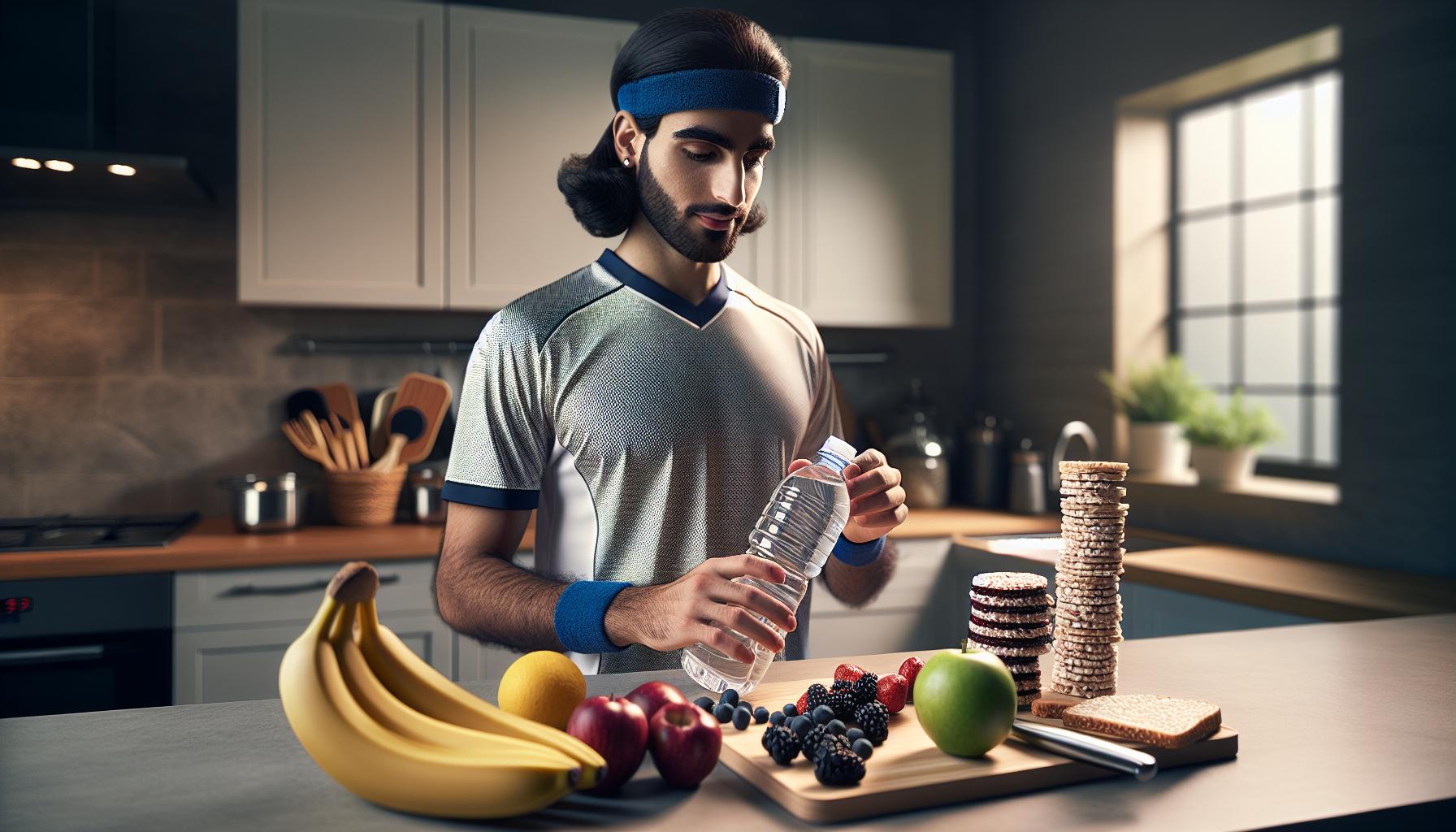
When aiming for peak performance in pickleball, understanding pre-match nutrition is as crucial as mastering your forehand stroke. What you eat before stepping onto the court can significantly impact your energy levels, focus, and overall gameplay. Here, we’ll dive into effective strategies that can help you fuel your body right, ensuring you’re as prepared nutritionally as you are technically.
Timing Your Meals and Snacks
The timing of your pre-match meal is a key element that shouldn’t be overlooked. Generally, it’s recommended to have a complete meal 2 to 3 hours before the game. This gives your body enough time to digest the food, converting it into readily available energy. If you find yourself closer to game time, opt for a smaller, lighter snack 30 to 60 minutes before play to boost your energy levels without weighing you down.
Carbohydrates are Your Best Friend
Carbohydrates serve as the main fuel source for high-intensity sports like pickleball. Including a good portion of carbs in your pre-match meal is essential for topping up your glycogen stores, the energy reserves your muscles will rely on during the game. Opt for easily digestible carbs such as:
- Bananas
- Berries
- Rice cakes
- Whole grain bread
Combining these with a moderate amount of protein and a small amount of fat can help prolong your energy levels and assist in muscle function during play.
Stay Hydrated
Hydration plays a pivotal role in your performance on the court. Dehydration can lead to fatigue, decreased coordination, and a drop in concentration levels, all of which can affect your game. Start hydrating well before your match begins, aiming for about 17 to 20 ounces of water 2 to 3 hours prior, and then 8 ounces about 20 to 30 minutes before starting. If the weather is hot or you tend to sweat a lot, incorporating an electrolyte drink can help maintain your salt balance and prevent cramping.
Avoid Unfamiliar Foods
Before a match is not the time to experiment with new foods that might upset your stomach or negatively affect your energy. Stick to familiar foods that you know sit well with you. This isn’t the time for heavy, rich foods or large amounts of fiber that can slow digestion and cause discomfort.
Hydration Tips for Pickleball Players
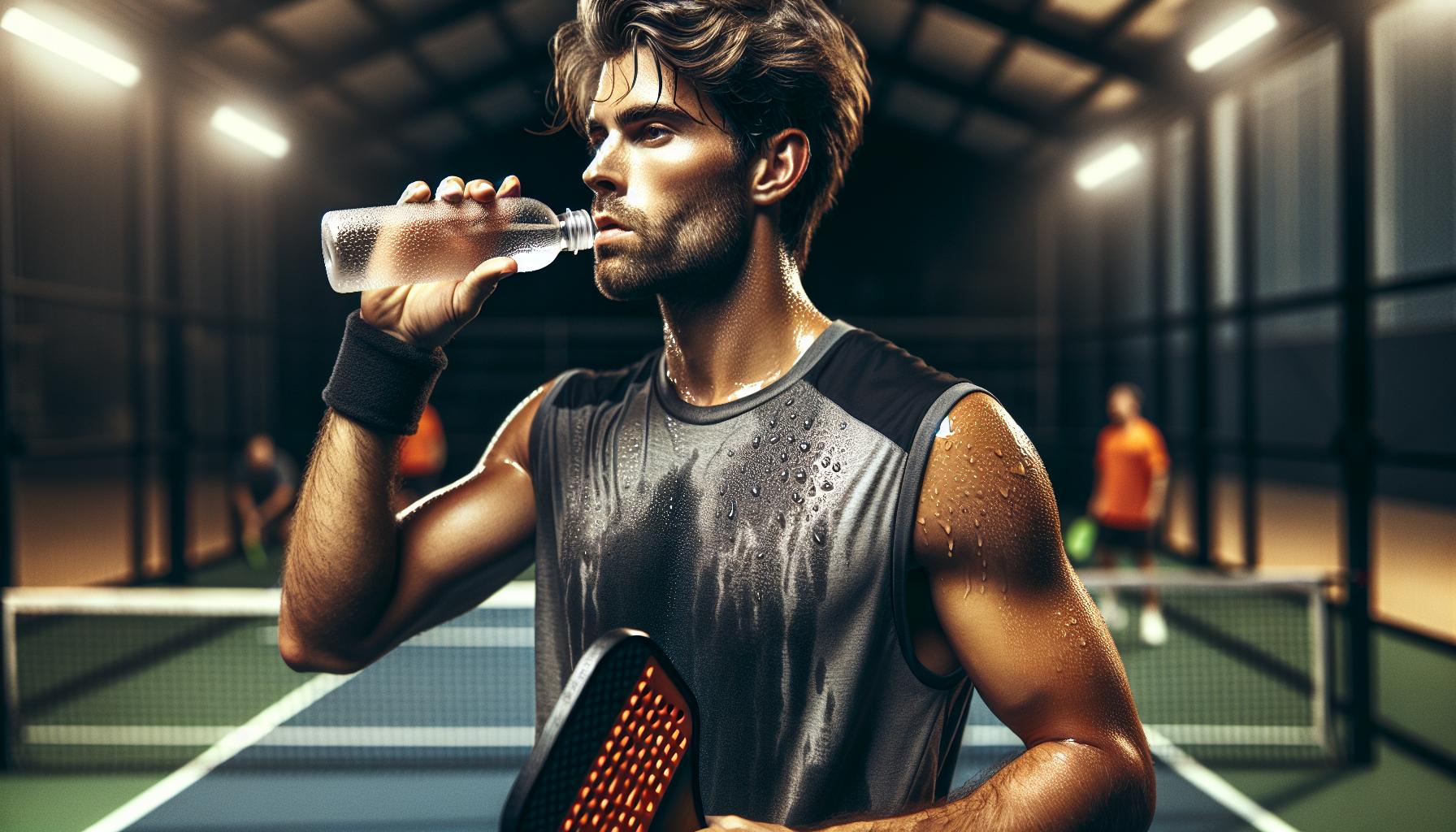
Hydration plays a critical role in ensuring pickleball players maintain peak performance throughout their matches. Given the fast-paced nature of the game, players may not notice the onset of dehydration until it’s too late. Therefore, understanding and implementing effective hydration strategies is key.
Firstly, consistent hydration is more beneficial than trying to drink large amounts of fluid just before a game. Players should aim to be well-hydrated before stepping onto the court. This means drinking water throughout the day, not just in the moments leading up to a match. Starting a game well-hydrated sets the foundation for optimal performance and endurance.
Here are some specific hydration tips for pickleball players:
- Start Early: Begin hydrating at least 2 hours before the game. This gives the body enough time to absorb the fluids and prevents the need for frequent bathroom breaks during play.
- Monitor Fluid Intake: While there’s no one-size-fits-all amount, a general guideline is to drink about 17 to 20 ounces of water 2 to 3 hours before a match and then another 8 ounces 20 to 30 minutes before starting.
- Electrolyte Balance: In addition to water, consuming beverages that contain electrolytes can help maintain the body’s salt balance, which is crucial during extended play or in hot weather.
- Water Is Key: While there are many sports drinks available, water is often the best choice for staying hydrated. For most recreational players, water adequately replaces fluids lost through sweat.
| Time Frame | Amount (Ounces) | Notes |
|---|---|---|
| 2-3 hours before | 17-20 | Start early hydration |
| 20-30 minutes before | 8 | Final hydration boost |
- Listen to Your Body: It’s essential to recognize the signs of dehydration, which can include dizziness, fatigue, and dry mouth. Players should listen to their bodies and drink fluids if they feel any of these symptoms, even if they’re not particularly thirsty.
- Post-Game Hydration: Rehydrating after the game is just as important as pre-game hydration. Drinking water or sports drinks following a match helps the body recover and prepares it for the next challenge.
Fitness Regimen for Pickleball Players
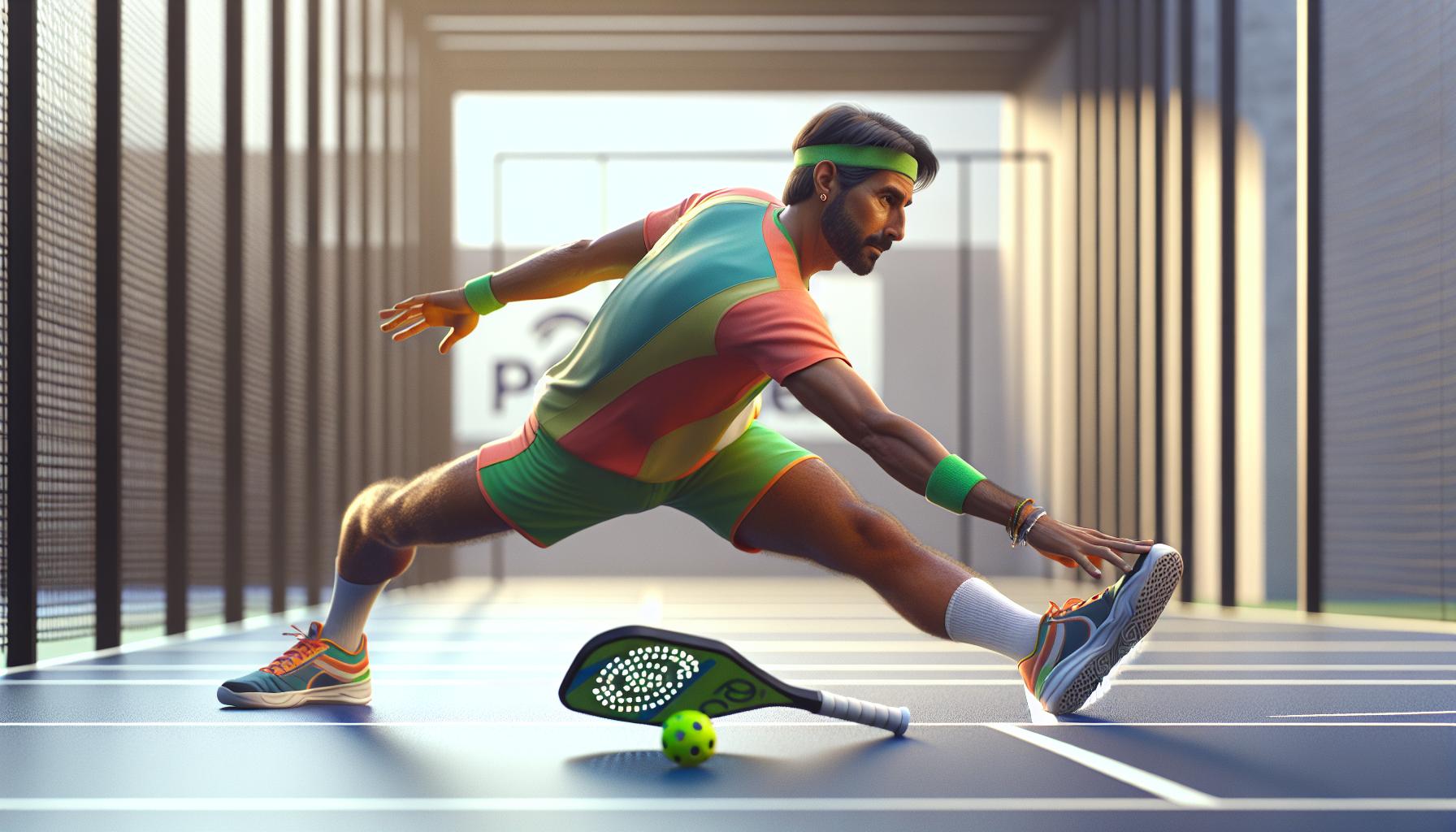
Achieving peak performance in pickleball isn’t just about mastering the paddle or the strategies of the game; it’s equally about conditioning the body through a focused fitness regimen. Optimal fitness can drastically improve a player’s agility, power, and endurance on the court. Strength training, cardio exercises, and flexibility workouts are fundamental components that pickleball players should incorporate into their fitness routine.
Strength Training: Essential for increasing muscular power and injury prevention, strength training should target the key muscle groups used in pickleball. These include the legs for swift movements, the core for stability and power, and the shoulders and arms for strong shots. Exercises like squats, lunges, deadlifts, planks, and shoulder presses can be incredibly beneficial. Incorporating resistance bands or light weights can enhance these workouts, and players should prioritize two to three sessions per week.
Cardiovascular Exercise: Pickleball demands quick bursts of energy and sustained endurance. To meet these needs, players should engage in regular cardio activities such as running, cycling, or swimming. High-Intensity Interval Training (HIIT) is particularly effective for simulating the fast-paced nature of pickleball, providing both aerobic and anaerobic benefits. Aim for at least 150 minutes of moderate-intensity or 75 minutes of high-intensity cardio exercise each week.
Flexibility and Mobility Workouts: The agility required to navigate the court and reach for shots necessitates a focus on flexibility and mobility. Yoga and Pilates offer great opportunities to improve range of motion, balance, and muscle recovery. Incorporating these practices helps prevent injuries and improves overall performance by allowing for more fluid and efficient movements during the game.
Recovery is just as critical as the workout itself. Adequate rest, proper nutrition, and hydration play key roles in muscle recovery and overall fitness. Players should listen to their bodies and allow for rest days or lighter activity if they’re feeling fatigued or sore.
| Activity Type | Frequency | Key Benefits |
|---|---|---|
| Strength Training | 2-3 times a week | Increases power, prevents injury |
| Cardiovascular Exercise | At least 150 mins (moderate) or 75 mins (high-intensity) weekly | Enhances endurance, mimics game intensity |
| Flexibility Workouts | Regular practice (daily if possible) |
Strength Training Exercises for Pickleball Players
Strength training plays a pivotal role in enhancing the performance of pickleball players. By focusing on specific muscle groups, athletes can improve their power, stability, and endurance on the court. This section outlines targeted exercises that can bolster a player’s game.
Core Strength is crucial for maintaining balance and generating power in shots. Exercises like plank variations, Russian twists, and leg raises can fortify the core, providing players with a solid foundation for every movement. Incorporating these exercises into a routine two to three times a week can lead to noticeable improvements in overall performance.
For Upper Body Strength, emphasis should be on the shoulders, chest, and back. Pickleball requires repetitive arm movements and quick, powerful shots, making upper body strength vital. Exercises such as push-ups, shoulder presses, and rows can enhance arm endurance and shot power. Start with lighter weights or bodyweight exercises and progressively increase the intensity to avoid injury.
Lower Body Strength is essential for quick, explosive movements and agility on the court. Squats, lunges, and calf raises not only build muscle but also improve balance and prevent knee injuries. Integrating balance-focused exercises, like single-leg squats, can further enhance stability and leg strength crucial for those sudden sprints or lateral moves during a game.
To maximize benefits, players should aim for 2 to 3 strength training sessions per week, allowing ample rest in between for muscle recovery. It’s also beneficial to include exercises that mimic the movements of pickleball, ensuring the training is as sports-specific as possible. For instance, lateral lunges replicate the side-to-side movement, while medicine ball throws can mimic the overhead serve.
Balance and coordination exercises should not be overlooked. Utilizing equipment such as balance boards or BOSU balls during exercises can challenge stabilizing muscles, improving a player’s reflexes and coordination. This kind of training can make the difference when reaching for a far shot or maintaining control over rapid volleys.
Flexibility and mobility work, though not traditionally considered part of strength training, are equally important. They ensure that players can move fluidly across the court and reach each shot with ease. Incorporating dynamic stretches before exercising and static stretches after workouts can enhance flexibility, reduce the risk of injury, and aid in muscle recovery.
Cardiovascular Exercises for Pickleball Players

Pickleball demands not just skill and strategy but a high level of fitness, especially cardiovascular endurance. Players who aim to maintain peak performance throughout their games recognize the undeniable role of heart health in their overall fitness regime. Cardiovascular exercises, therefore, are crucial parts of a pickleball player’s training schedule, enhancing their stamina, agility, and recovery time between rallies.
For those looking to boost their pickleball game, integrating a variety of cardio workouts is key. Running, for instance, is a straightforward and highly effective way to build endurance. Whether it’s steady-state runs for longer durations or high-intensity interval training (HIIT) sessions, running helps improve the heart’s efficiency, allowing players to maintain high energy levels throughout the game. Besides running, cycling offers a low-impact alternative that significantly enhances cardiovascular health without putting too much stress on the joints.
Pickleball players should also consider swimming as part of their fitness plan. Known for its holistic health benefits, swimming not only builds cardiovascular endurance but also improves muscle strength across the body, making it a dual-purpose exercise. Another excellent cardiovascular workout is jump rope. This high-intensity activity not only skyrockets heart rate, improving cardiovascular health, but also develops footwork, a critical skill on the pickleball court.
Incorporating these cardiovascular exercises into your routine doesn’t need to be overwhelming. A balanced approach could look something like this:
- Monday: 30 minutes of steady-state running
- Wednesday: 20 minutes of HIIT or jump rope sessions
- Friday: 30 minutes to an hour of swimming or cycling
This schedule ensures that the heart gets a thorough workout across different exercise forms, minimizing the risk of overuse injuries and keeping the training interesting.
It’s crucial for players to listen to their bodies and adjust the intensity and duration of workouts according to their fitness levels and how they’re feeling on any given day. Hydration and nutrition play significant roles in how effectively players can perform these exercises and recover from them. Drinking plenty of water and consuming a balanced diet rich in carbohydrates and proteins before and after workouts will support sustained energy levels and muscle recovery.
Mental Preparation for Peak Performance in Pickleball

In the realm of pickleball, where physical prowess meets sharp strategy, the mind’s role cannot be understated. Mental preparation is as crucial as physical training, hydration, and nutrition for athletes aiming for peak performance. Mastering the mental game provides a competitive edge, turning good players into great ones.
Visualization techniques stand out as powerful tools for mental preparation. Imagining successful plays and positive outcomes before stepping onto the court can boost confidence and reduce anxiety. Athletes who visualize their performance not only foster a positive mindset but also enhance their ability to react instinctively during the game. Including visualization exercises in daily training routines allows players to mentally rehearse their strategies, serving as a bridge between preparation and success.
Goal setting is another cornerstone of mental preparation. Short-term and long-term goals give players clear targets to strive for, fueling motivation and focus. Setting realistic, measurable objectives ensures a sense of progress and accomplishment, driving players to push their limits. Whether it’s improving serve accuracy, mastering a new shot, or winning a local tournament, defining specific goals keeps players aligned with their training regimen and nutrition plans.
The practice of mindfulness and breathing exercises has also proven beneficial for athletes. These techniques help in managing stress and keeping players present during each point of the game. By focusing on the breath, players can control their heart rate and anxiety, maintaining a calm demeanor even in high-pressure situations. Incorporating mindfulness into the pre-game routine can significantly enhance focus, allowing players to stay clear-headed and make strategic decisions on the fly.
Building a strong support system is invaluable for mental strength. Having coaches, family, and friends who provide encouragement and constructive feedback creates a positive environment that nurtures mental resilience. Engaging with fellow players and participating in community events fosters a sense of belonging and shared purpose, further boosting an individual’s mental fortitude.
Stress management techniques should never be overlooked. High levels of stress can impair performance, making it difficult to maintain concentration and stamina. Players should develop personal rituals that help them relax and destress before and after matches. Whether it’s listening to music, reading, or practicing yoga, finding what works best for an individual is key to achieving a balanced state of mind.
Conclusion
Mastering the mental game is as crucial as physical prowess in pickleball. By embracing the power of visualization, setting achievable goals, and practicing mindfulness, players can significantly enhance their performance. It’s about more than just physical training; it’s about preparing the mind to face challenges head-on. With a strong support system and effective stress management techniques in place, athletes can stay focused and perform at their best. Remember, peak performance in pickleball isn’t just about how well one plays the game physically but also how well they’ve prepared mentally. So, let’s hit the court with confidence, knowing we’ve got what it takes to succeed.

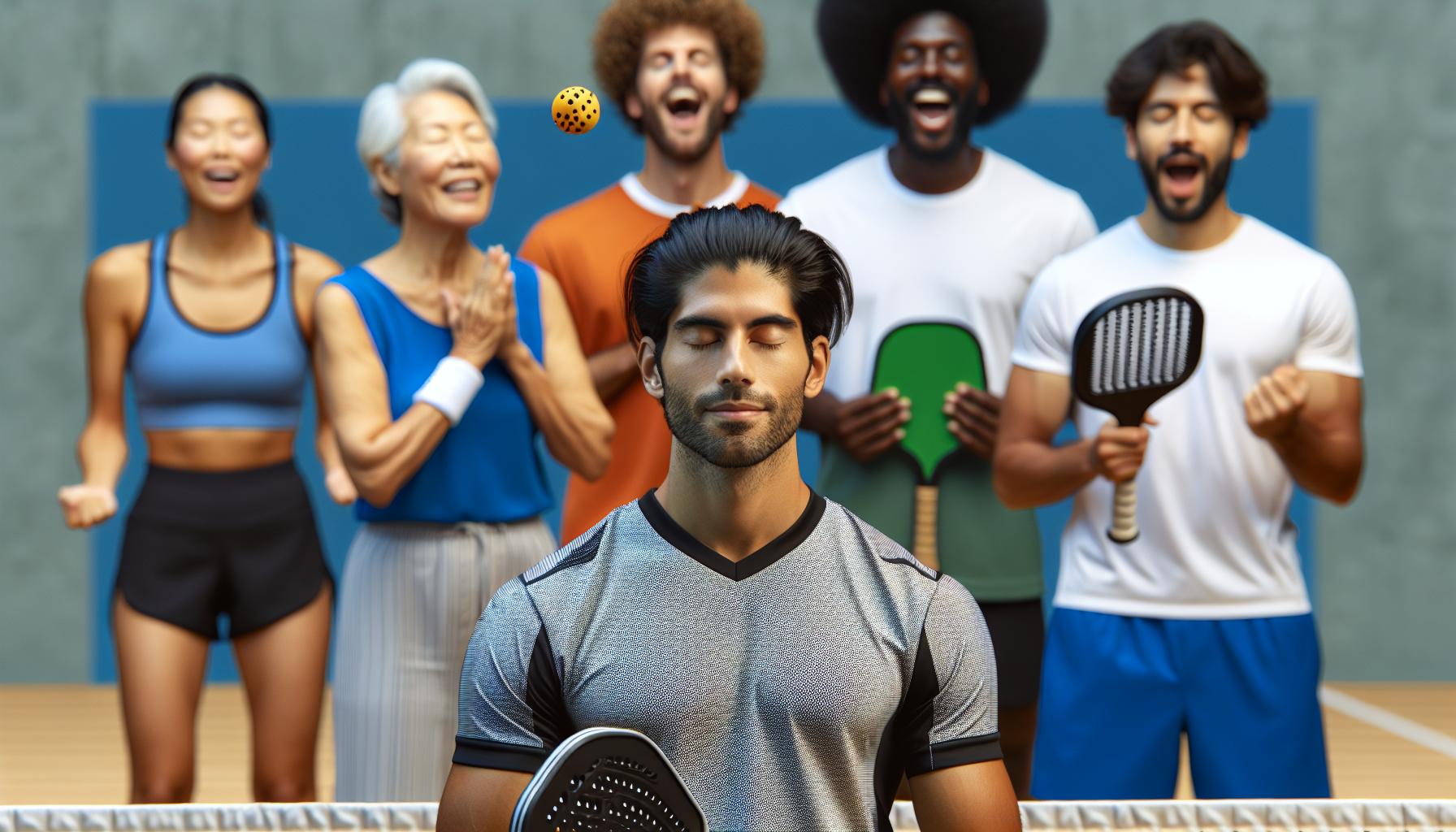









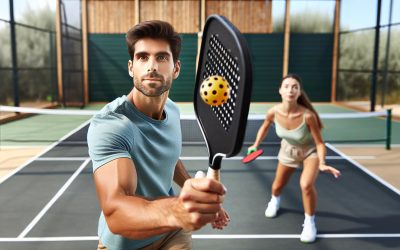
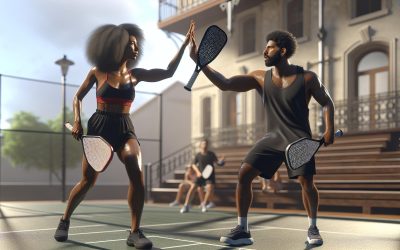
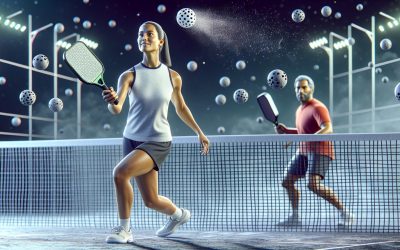
0 Comments